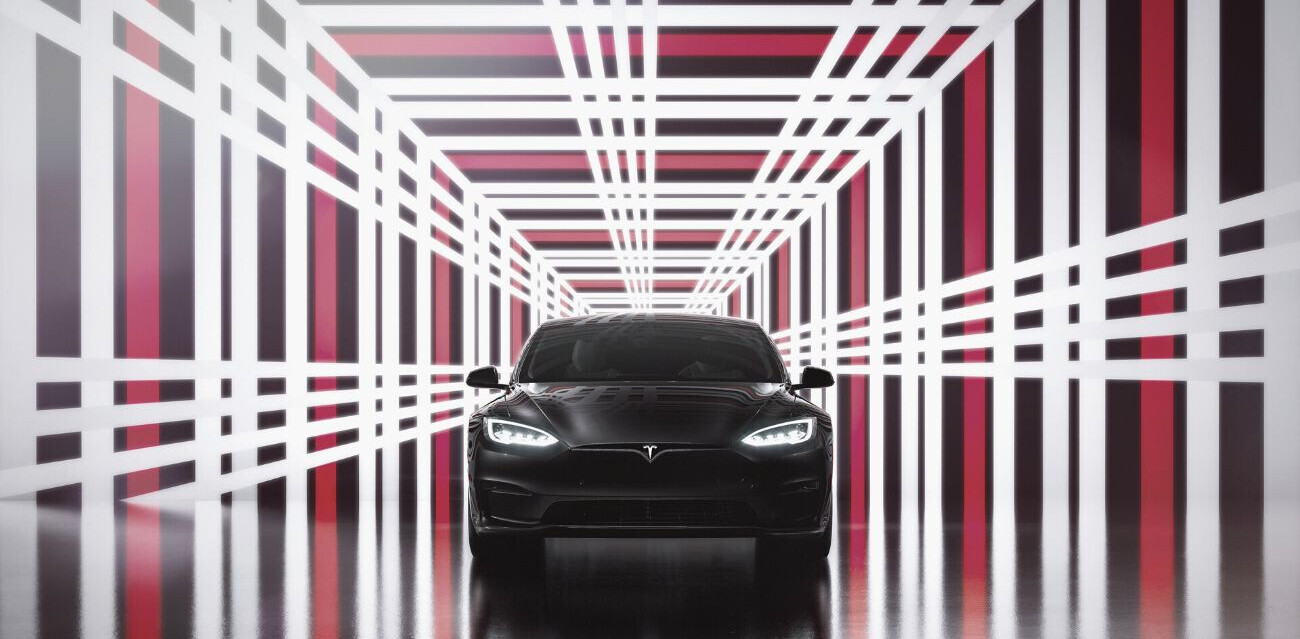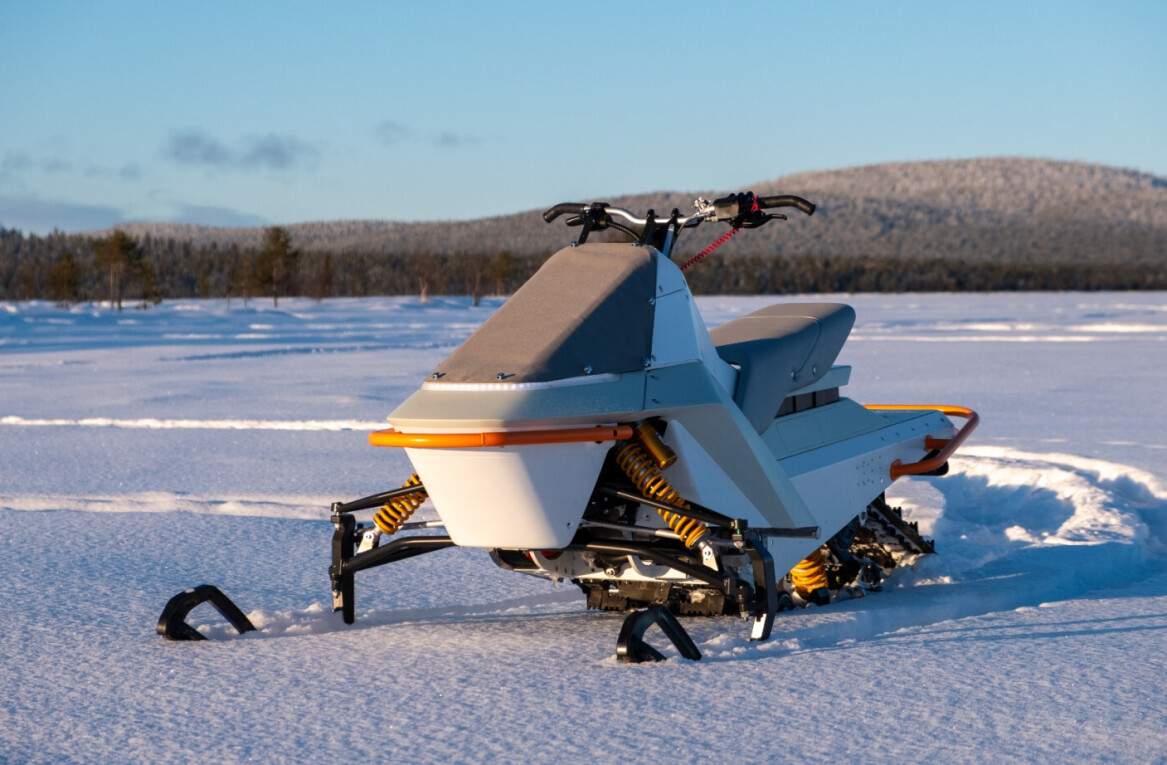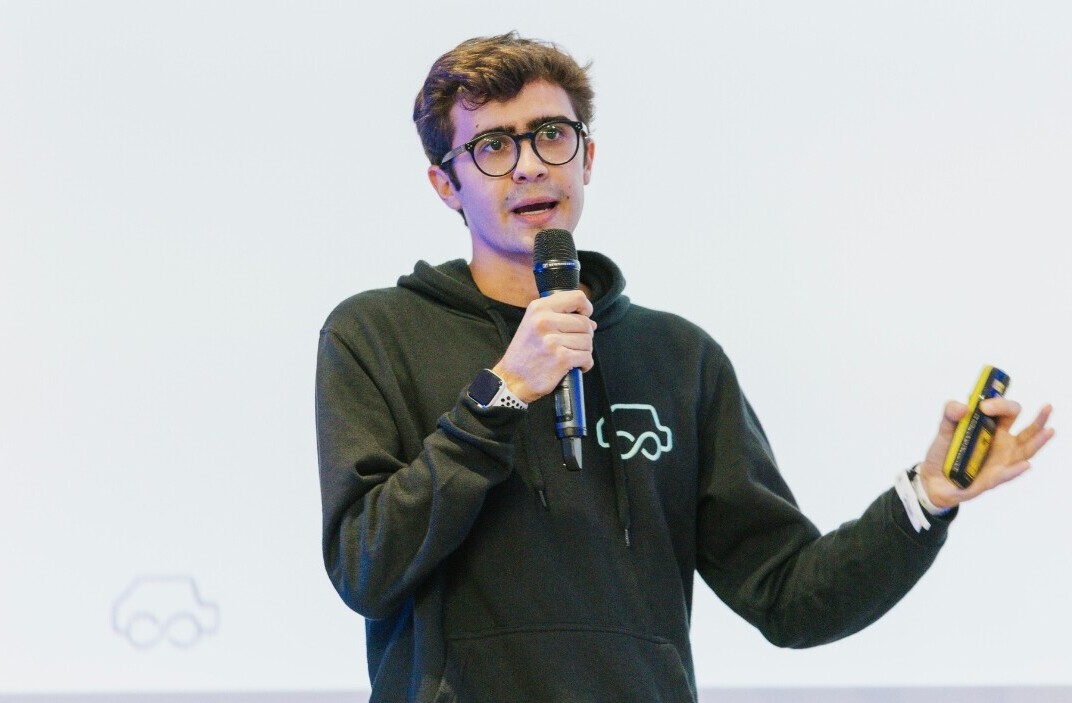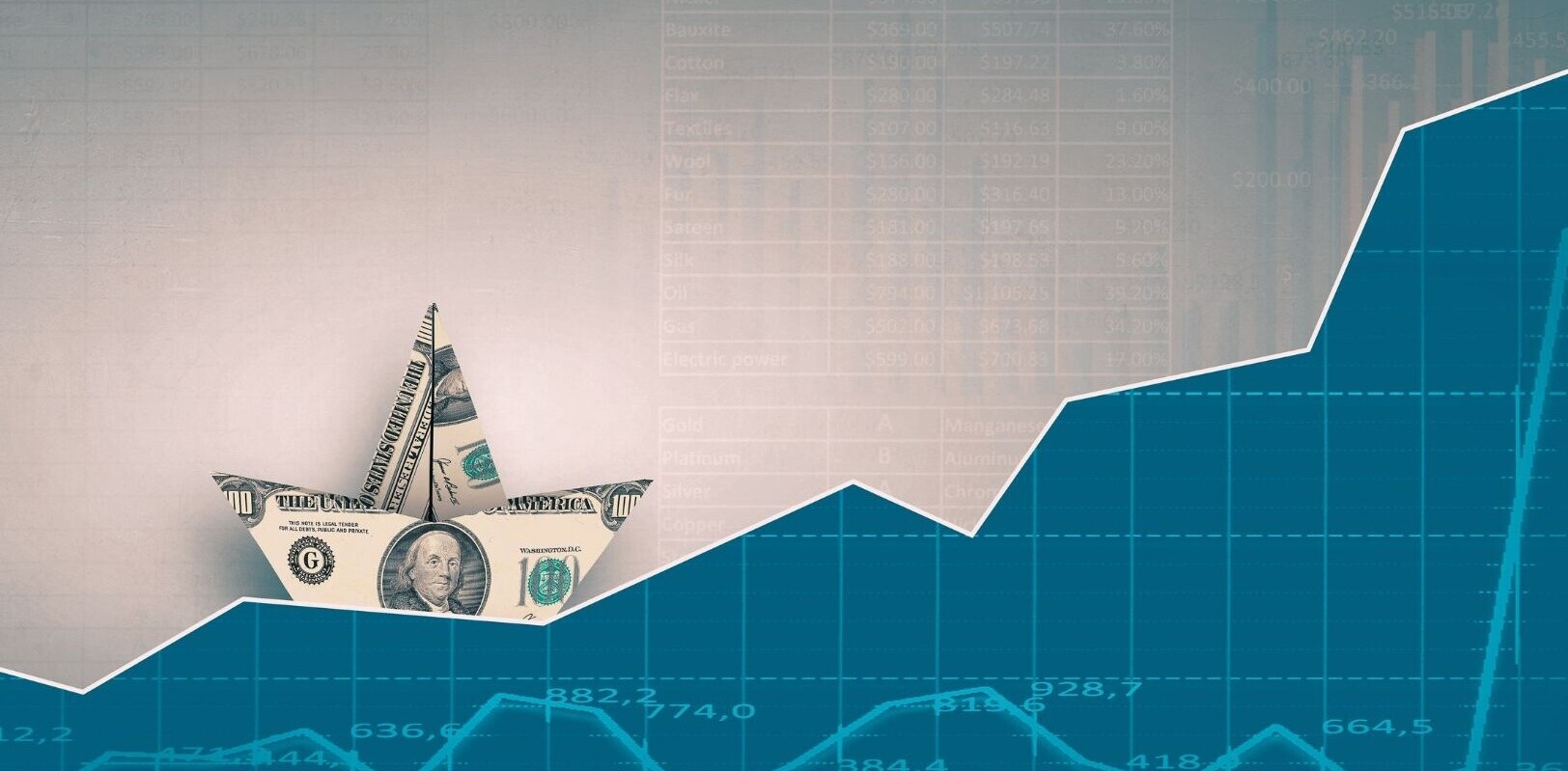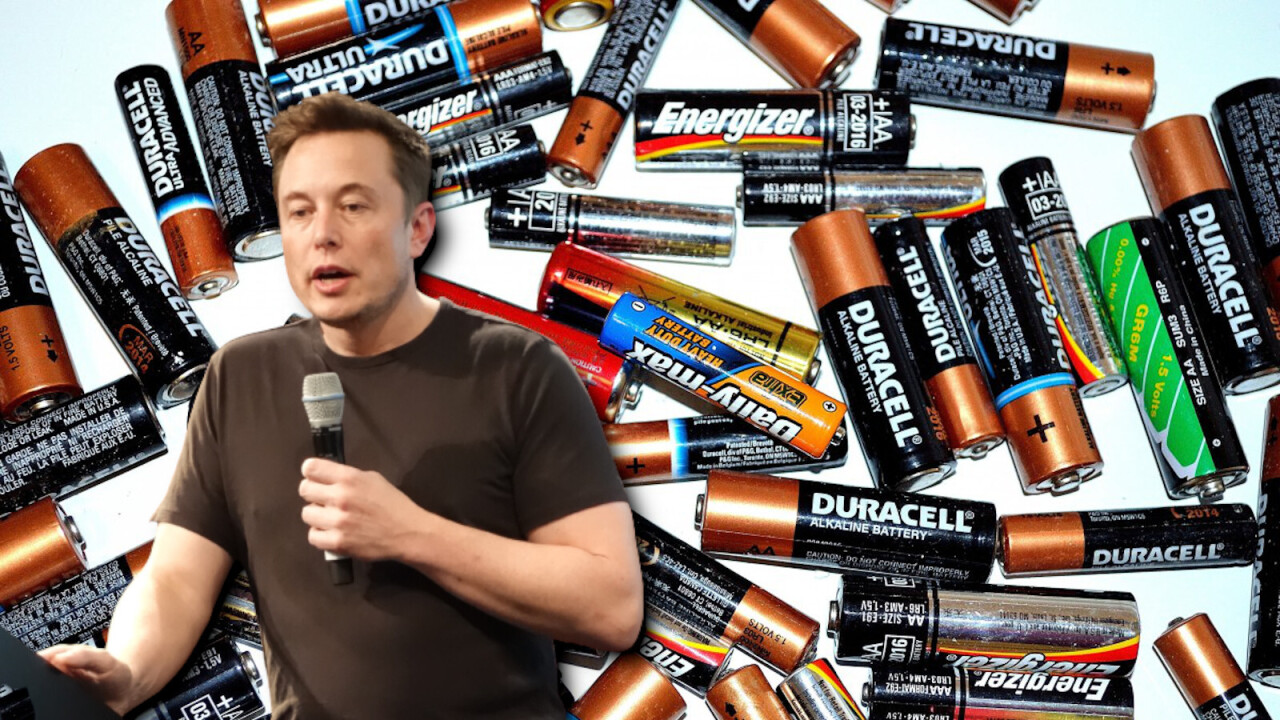
Tesla’s Battery Day is one of the most anticipated days in the yearly calendar of electric vehicle fans, tech investors, and Musketeers. This year’s event was supposed to be in July, but after a number of delays and vague rescheduling it happened yesterday, and it feels like a bit of a damp squib.
On a shareholder earnings call in January Musk urged the public to “wait until Battery Day” to have their minds “blown.” However, on Battery Day Eve, Musk tempered expectations with a series of tweets that suggested nothing big was really coming until 2022.
Important note about Tesla Battery Day unveil tomorrow. This affects long-term production, especially Semi, Cybertruck & Roadster, but what we announce will not reach serious high-volume production until 2022.
— Elon Musk (@elonmusk) September 21, 2020
Following the tweets, Tesla’s stock price acted appropriately and headed south, a trend which has seemingly continued, even following Musk’s Battery Day announcements. Perhaps the realities of becoming one of the world’s largest carmakers are setting in, and Tesla is realizing rather ironically that it needs to settle down and focus on the long-run if it’s going to create a sustainably profitable business.
[Read: 5 things to know when you’re buying your first electric vehicle]
Before we try and figure out what Battery Day actually means for Tesla and the EV industry writ large, let’s check out three key things that Tesla did announce.
Plaid Model S
It’s been a long time coming, but Tesla’s Plaid Model S is finally here, kinda. We now have some official performance figures and in classic Tesla fashion, a pre-order option on the website, TechCrunch reports.
The Plaid will reportedly have 520 miles of range, accelerate from zero to 60 in under two seconds, and cost $140,000. This puts it directly in the sights of Lucid’s recently announced debut vehicle, the Air, which touts basically the same specification.

I guess it’s a good choice for those looking for hypercar performance in a family sedan. Be prepared to wait though, because nothing is coming until late 2021 assuming Musk sees through on this promise, which he has a habit of not doing — but it’ll come, eventually.
New batteries
It wouldn’t be Battery Day without new battery tech. This is perhaps the most notable announcement from Tesla, but even then, it’s good news for the industry too.
Yesterday, Musk officially unveiled a new type of battery cell going by the 4680 moniker. Those numbers refer to its diameter and height, 46 mm by 80 mm respectively. Tesla reckons this new cell provides five times the energy, six times the power, and 16% more range, Elecktrek reports.
The EV maker also says that these cells can reduce cost by 14% in terms of $ per kWh.
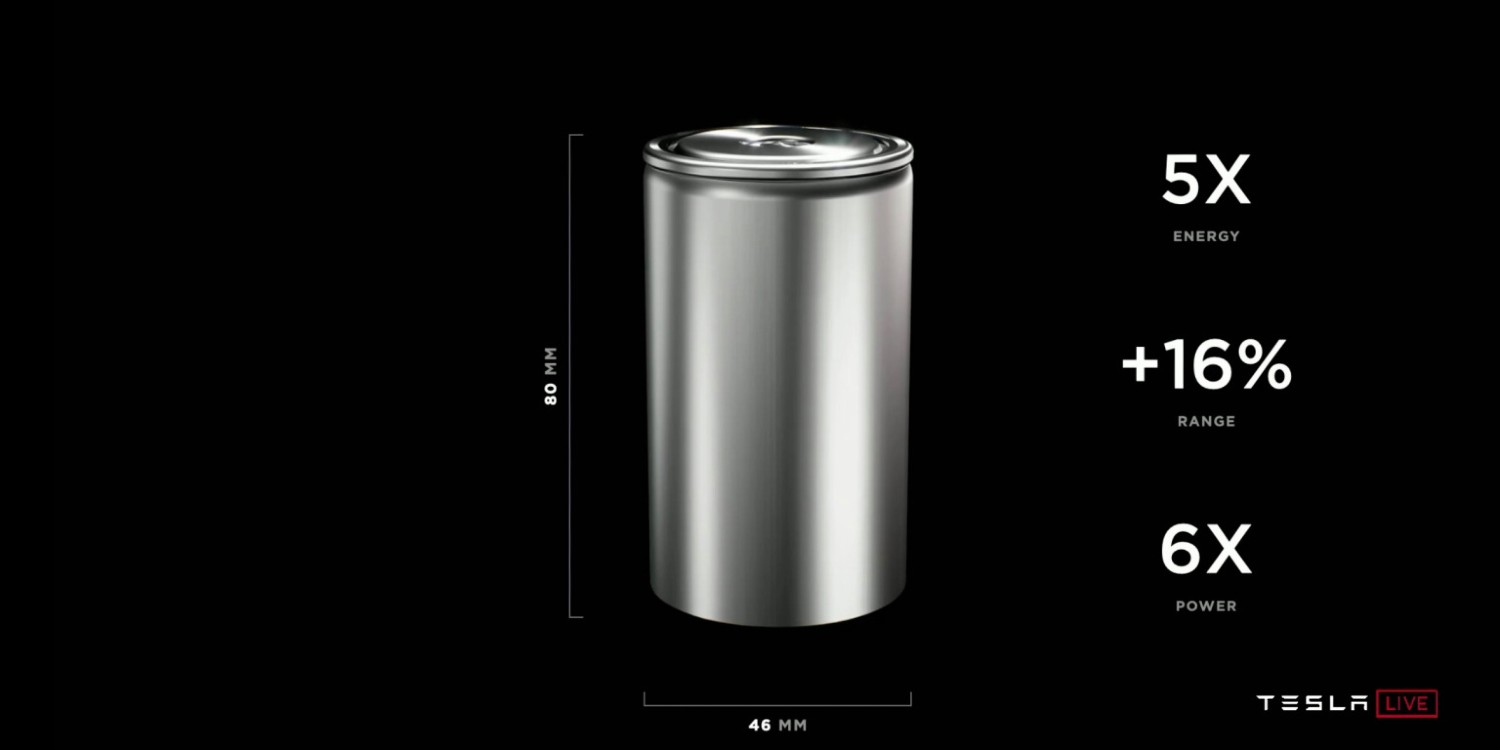
You may have already seen other reports that are touting much larger cost savings and improvements to range, but there’s an important distinction to make. The above figures relate to the cell form factor only.
By the time these cells are made into full size battery packs that go into a car, Tesla says they will reduce costs by 56% and improve range by 54%, Forbes contributor Brad Templeton writes.
What’s more, because the cells are bigger, more powerful, and cheaper, actually making them is less labor intensive as fewer units need to be produced to generate the same energy density.
Tesla is also going to engineer its vehicles so that its battery packs form a structural element of the vehicle. Meaning that they make a more efficient use of space.
However, like the Plaid Model S, these cells won’t ramp up in production for the next couple of years. So it’ll be awhile until we see those impressive developments make it to market. It should also be noted that Panasonic, one of Tesla’s key cell suppliers, seems to be taking things a little slower.
Reuters reported earlier today that the Japanese battery maker is “studying options for new electric car battery production with partner Tesla after the US carmaker unveiled a plan to expand output and half the price of the key auto component.” Reading between the lines, it seems that Panasonic isn’t entirely sold on how much production it will commit to Tesla alone.
Tesla’s most affordable vehicle yet
One thing is for certain: cheaper batteries means cheaper electric cars.
Tesla also unveiled plans for a $25,000 electric vehicle that would make use of the new battery technology, but we won’t be getting that for at least three more years — assuming the company can see through on its promise.
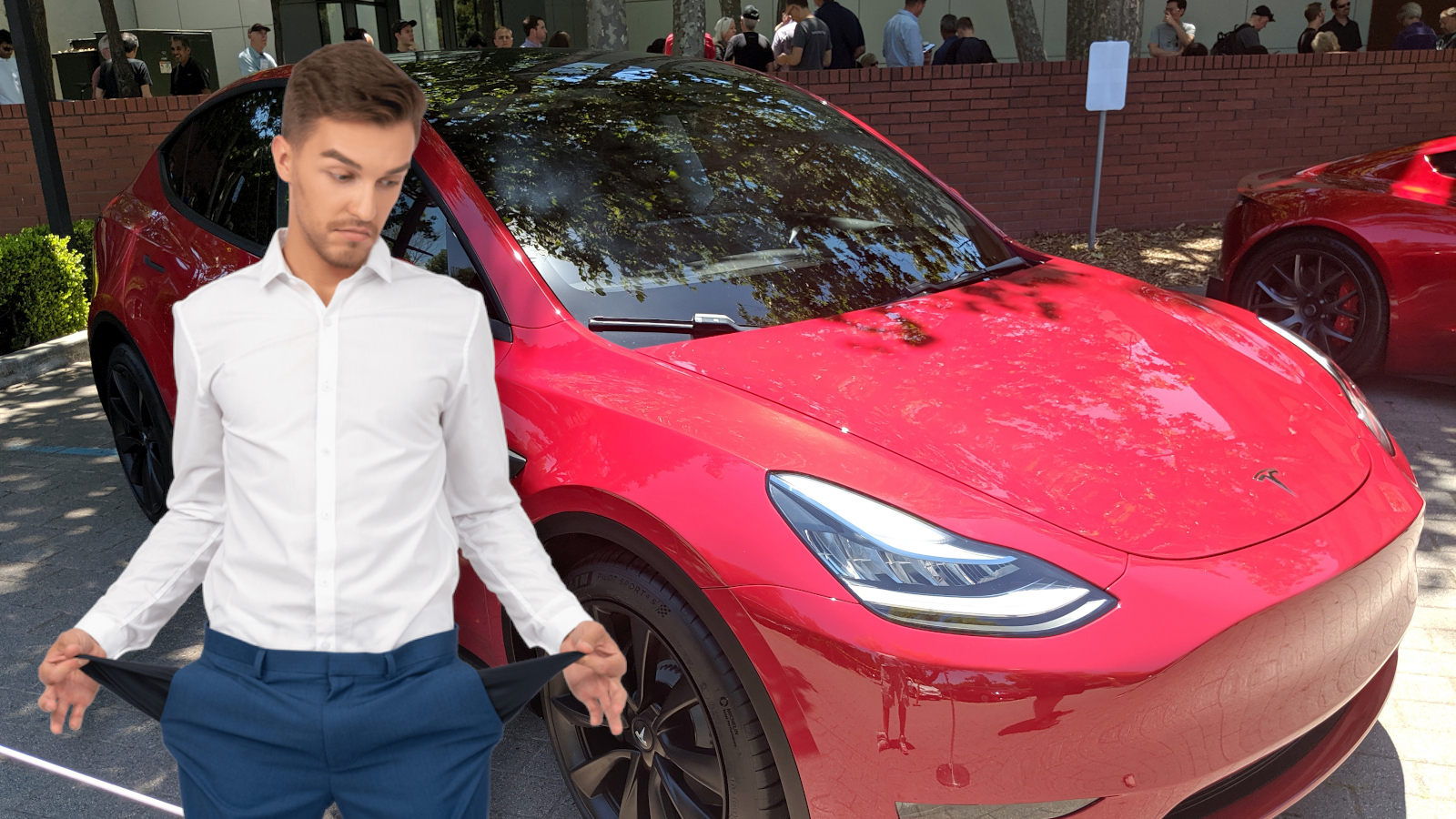
Musk even boasted that it would be autonomous, too. But again, we know the Tesla frontman has played fast and loose with that word before, so I wouldn’t read too much into that. It’ll probably just have Autopilot as standard, like every other Tesla vehicle.
That’s all we know about that vehicle for now. But if you’re new to Tesla, be aware that a few years ago Musk said that it would have a super cheap EV within the next three years and well, that time is now, and we’re still waiting.
Time will tell for Tesla
If you hadn’t picked up on it yet, Tesla’s Battery Day had a very subtle theme: things are coming, but not yet. There were no real breakthrough announcements that stole the show.
Investors seemed totally underwhelmed by the whole event. Following the Battery Day announcements, Tesla stock closed trading down 7%, Investor’s Business Daily reports. Typically, Battery Day events for Tesla spark share price rallies and send Twitter into overload with Musketeers swooning over Elon’s self-driving visions of the future.
Tesla’s key suppliers, battery makers Panasonic, LG Chem, and CATL, are more on edge than imbued with elation at Musk’s announcements. While Tesla’s announcements sound great for the future of EVs in general, battery suppliers are concerned, and Tesla’s ambitions will no doubt put cell makers under immense pressure.
Earlier today, Bloomberg reported that shares in the three aforementioned battery makers are down more than 4% each. Analysts say that Tesla’s suppliers will have to play catch up and invest in more R&D to keep pace with Tesla’s developments.
On one hand, that means that other EV makers will benefit from improved battery technology, as Panasonic, LG Chem, and CATL also supply the likes of Polestar, BMW, Audi, Honda, VW, and Porsche. On the other, it might place undue financial strain on some suppliers, Panasonic’s cell making division is already struggling with profitability woes.
Reality seems to be setting in and perhaps Musk is waking up to what it means to be a legitimate carmaker.
The extreme difficulty of scaling production of new technology is not well understood. It’s 1000% to 10,000% harder than making a few prototypes. The machine that makes the machine is vastly harder than the machine itself.
— Elon Musk (@elonmusk) September 22, 2020
A few years ago, many stated that Tesla is “10 years ahead of the competition.” More recently, however, others have provided more conservative judgements saying that the specialist EV maker is just seven, six, or even just two years ahead in certain areas.
How far ahead Tesla is, depends on how you decide to benchmark it against competition. Many comparisons of Tesla versus legacy automakers also consider its Autopilot systems, and focus on its drivetrain and battery tech. Considering Tesla’s well-known production and quality issues, just how far ahead it is as a complete carmaker is debatable.
As legacy automakers finally shift fully to making EVs, their experience in development, quality assurance, and production scaling will come to the fore.
The “10 years ahead remark” was popular at a time when most other automakers weren’t really talking about EVs. However, with nearly every major automaker due to put a line of EVs on the road in the next 12 months, the reality is that Tesla isn’t as far ahead of the industry as one might think. That’s not to say it’s lost its je ne sais quoi, but rather, that the industry is finally catching up.
It’s also a sign that reinforces one of Musk’s latest tweets (above): that he’s waking up to just how difficult it is to make concepts a reality on a global commercial scale. All the while, other manufacturers and specialist EV brands are closing the gap even more. It could be argued that many out there already have.
Oh, and apparently there have been 600,000 Cybertruck pre-orders, so that’s something.
So you like mobility? Then join our online event, TNW2020, where you’ll hear how data, autonomy, and connectivity are fueling the future of mobility.

Get the TNW newsletter
Get the most important tech news in your inbox each week.
